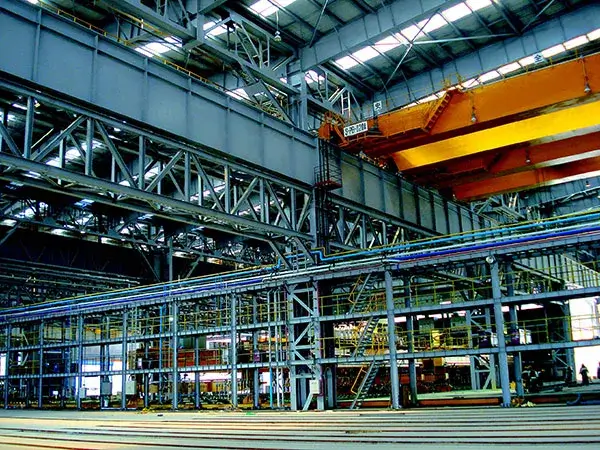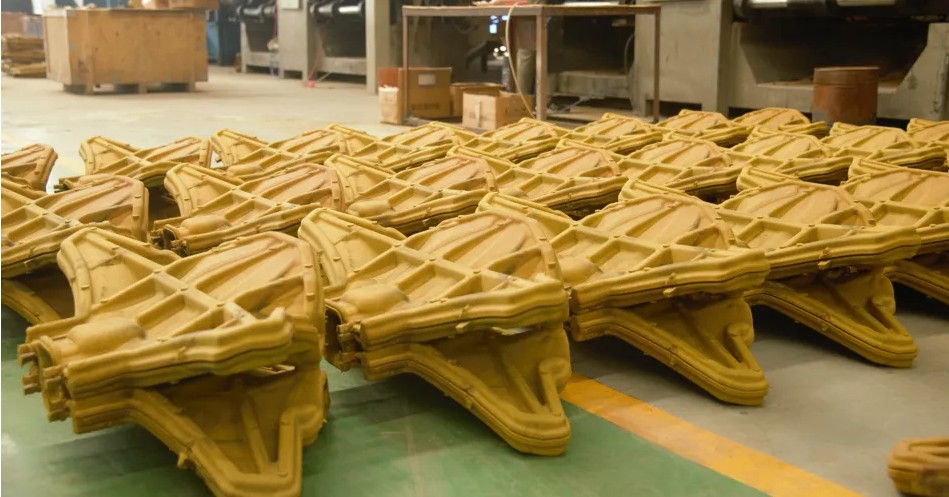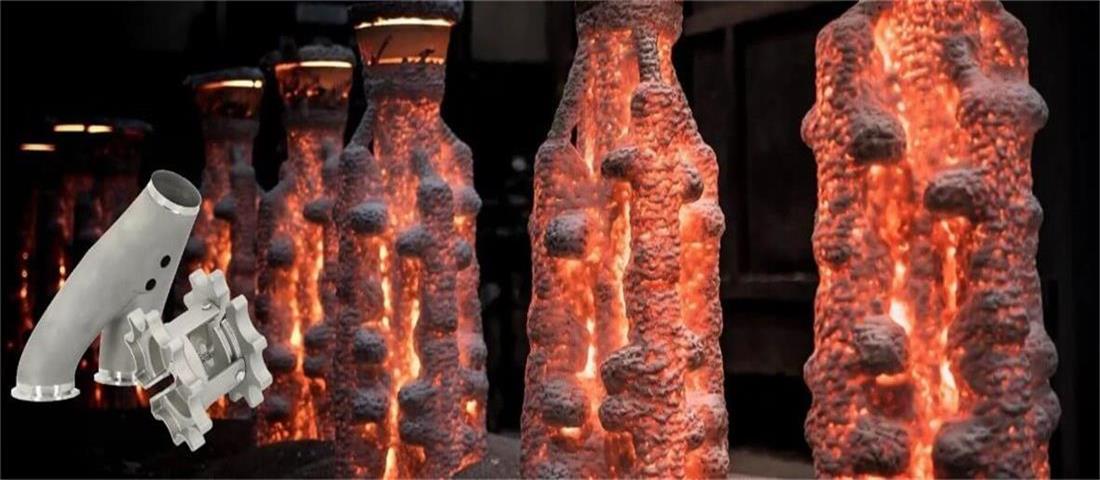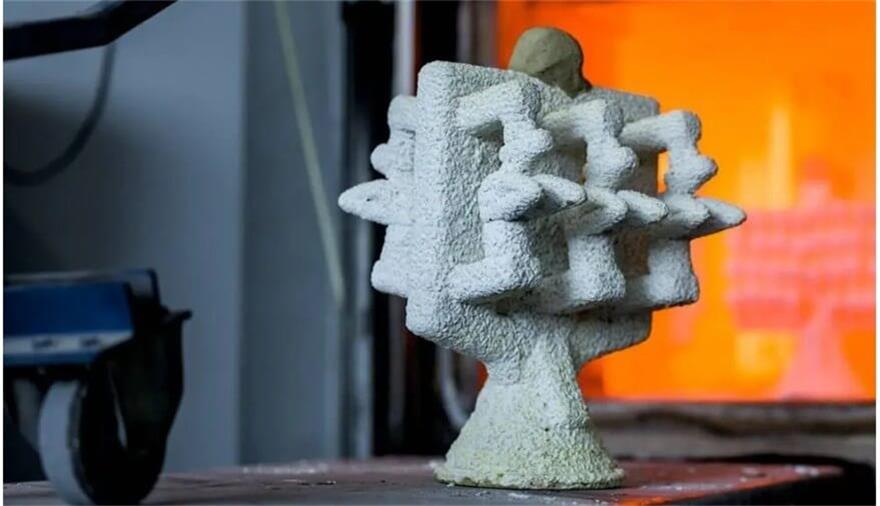At what temperature does structural steel lose strength?
Structural steel is an important material in modern industry and construction. Its strength and stability at different temperatures are directly related to the safety and reliability of the project.
This article will explore in depth at what temperature does structural steel lose strength, and analyze the specific manifestations of structural steel strength changes in high and low temperature environments and the mechanism behind it.
1.Basic characteristics and classification of structural steel
Structural steel is a type of steel specially used to manufacture various engineering structures and mechanical components. Its characteristics include high strength, good plasticity and toughness, and excellent processing performance. According to different chemical composition and properties, structural steel can be divided into two categories: carbon structural steel and low-alloy high-strength steel:
(1) Carbon structural steel:
The main components include iron and carbon, and the carbon content is generally between 0.05% and 0.70%. According to the carbon content, carbon structural steel can be divided into low carbon steel (carbon content less than 0.25%), medium carbon steel (carbon content between 0.25% and 0.6%) and high carbon steel (carbon content greater than 0.6%).
(2) Low alloy high strength steel:
Add one or more alloying elements, such as manganese, silicon, chromium, nickel, etc., to carbon structural steel to improve its strength, toughness, wear resistance, corrosion resistance and other properties.
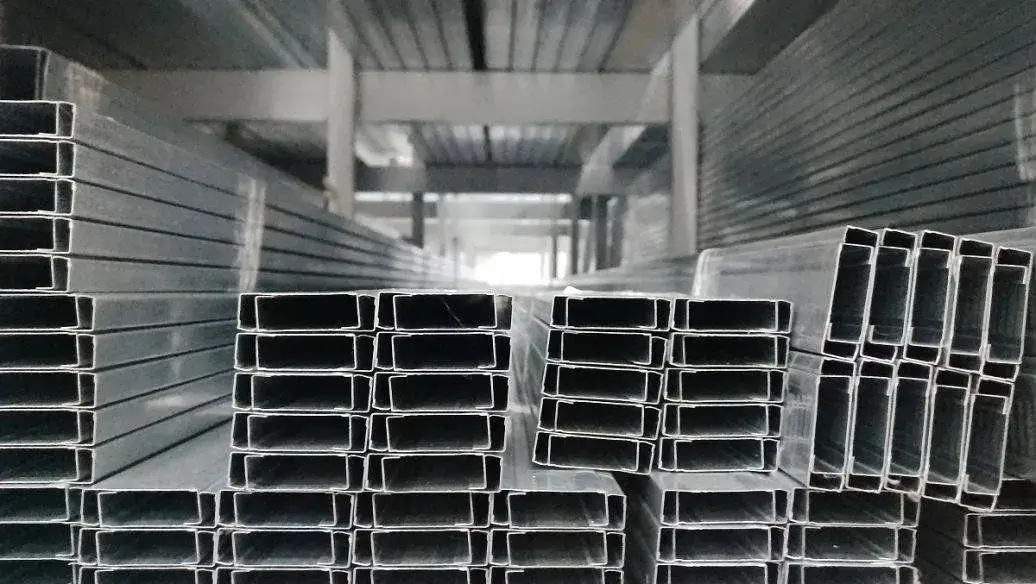
2.The influence of high temperature on the strength of structural steel – at what temperature does structural steel lose strength
Under high temperature environment, the strength of structural steel will gradually decrease, so at what temperature does structural steel lose strength? What factors are related? The following is a detailed analysis:
(1) Changes in microstructure:
1) Recovery and recrystallization:
When structural steel is heated to a certain temperature, the dislocation density inside it decreases and the grains begin to grow. This process is called recovery. If the temperature continues to rise, the grains will re-nucleate and grow to form new non-distorted grains. This process is called recrystallization. Recovery and recrystallization will cause the strength of structural steel to decrease.
2) Phase change:
The phase change temperature of structural steel is generally around 723℃. When the temperature exceeds this temperature, the structure of the structural steel will change from ferrite and pearlite to austenite. The strength of austenite is lower than that of ferrite and pearlite, so the strength of structural steel will decrease.
3) Thermal expansion:
As the temperature rises, structural steel will undergo thermal expansion, resulting in an increase in its internal stress, thereby reducing its strength.

4) Oxidation and decarburization:
Under high temperature conditions, structural steel is prone to react with oxygen in the air to form oxide scale, resulting in a decrease in its surface quality. At the same time, carbon elements will also react with oxygen to generate carbon dioxide, resulting in a decrease in the carbon content of the structural steel, thereby reducing its strength.
(2) Strength changes at different temperatures:
1) At what temperature does structural steel lose strength: 250-350℃, the strength decreases slightly
Around 250℃, the tensile strength of the steel may increase slightly, but the plasticity will decrease, resulting in brittleness of the steel.
When the temperature reaches 250-350℃, the steel will creep, that is, it will continue to deform at a slow speed under the action of constant stress.
2) At what temperature does structural steel lose strength: 450-650℃ strength drops significantly
In this temperature range, the strength of steel will drop sharply, almost all of it will be lost, and the structure will lose its bearing capacity.
Steel structures usually lose their bearing capacity at temperatures between 450 and 650℃, and undergo large deformations, causing steel columns and beams to bend.
3) At what temperature does structural steel lose strength: Strength drops sharply above 600℃
When the temperature reaches 600°C, the strength of steel will drop sharply, and the deflection and deformation of the components will be obvious.
The prestressed plate steel wire is greatly affected when the temperature exceeds 600℃, while the temperature of the steel bars of the beam and column components is below 600℃.
4) At what temperature does structural steel lose strength: above 800°C, it basically loses its bearing capacity
When the temperature reaches 800°C, the steel basically loses its bearing capacity and the steel structure can no longer bear the load.
At this temperature, the physical properties of the steel, such as thermal conductivity and specific heat capacity, also change significantly.
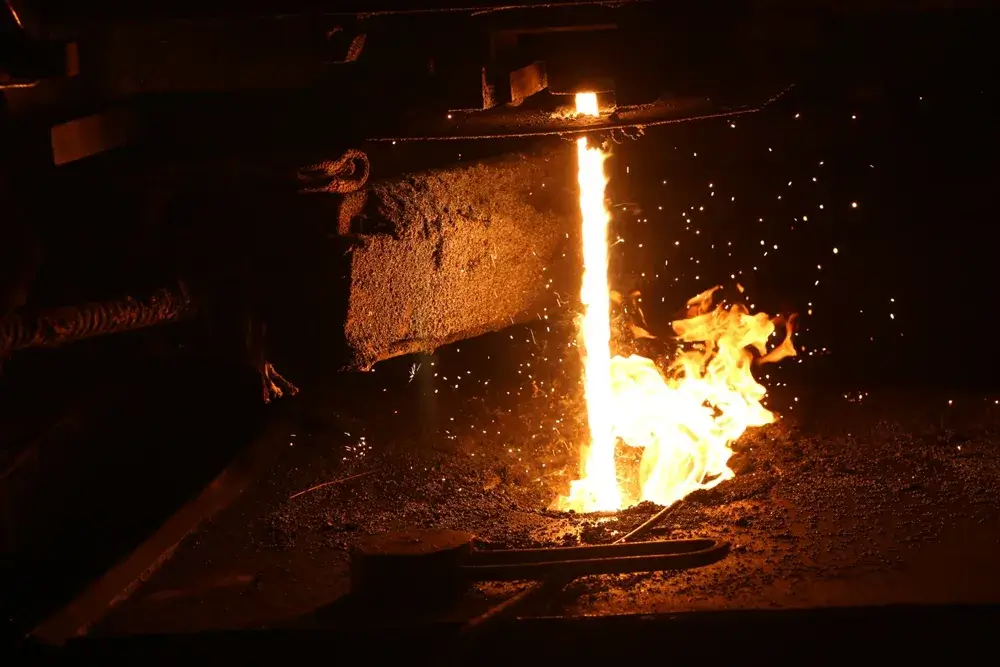
3.The influence of low temperature on the strength of structural steel
The above discusses at what temperature structural steel loses its strength, so at what temperature will structural steel increase its strength? In contrast to high temperature environments, the strength of structural steel will increase in low temperature environments, but its plasticity and toughness will decrease, and brittle fracture will occur easily. The following are several main factors that affect the strength of structural steel at low temperatures:
(1) Changes in microstructure:
1) Grain refinement:
Low temperature will lead to grain refinement of structural steel, thereby increasing its strength.
2) Martensitic phase transformation:
When the temperature drops to a certain value, the austenite in the structural steel will transform into martensite. The strength of martensite is higher than that of austenite, so the strength of the structural steel will increase.
3) Thermal shrinkage:
As the temperature decreases, structural steel will shrink, causing its internal stress to increase, thereby reducing its plasticity and toughness.
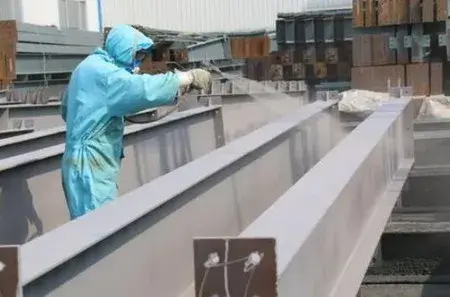
4) Hydrogen embrittlement:
In low temperature environments, structural steel is prone to absorb hydrogen, causing hydrogen embrittlement inside it, thereby reducing its plasticity and toughness.
(2) Strength changes at different temperatures:
1) Normal temperature stage (around 20°C):
In this temperature range, the strength of structural steel does not change much, and its performance is relatively stable.
2) Low temperature stage (-20°C to -60°C):
In this temperature range, the strength of structural steel will increase, but its plasticity and toughness will decrease, and brittle fracture will occur easily.
3) Ultra-low temperature stage (below -60°C):
When the temperature drops below -60°C, the strength of structural steel will further increase, but its plasticity and toughness will significantly decrease, and brittle fracture will occur easily. Therefore, when using structural steel in ultra-low temperature environments, special attention should be paid to its low-temperature brittleness problem.
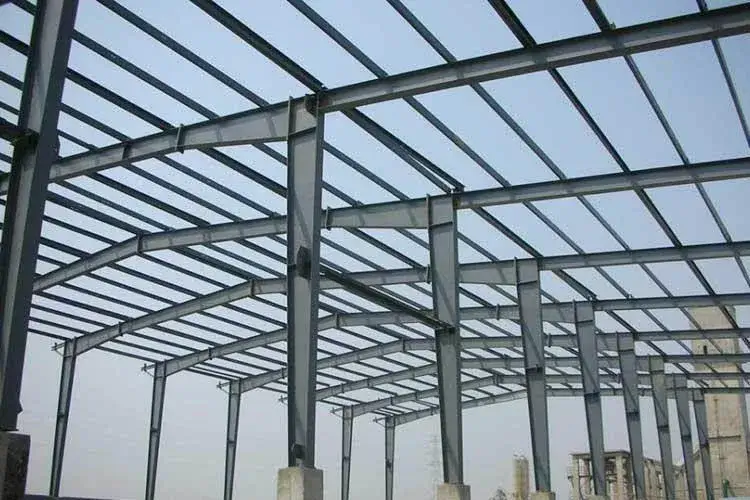
4.Measures to deal with the strength changes of structural steel at different temperatures
(1) Countermeasures in high temperature environment:
1) Select high temperature resistant steel:
Such as austenitic stainless steel, high temperature alloy, etc. These steels have good strength and oxidation resistance in high temperature environment.
2) Heat treatment:
Through appropriate heat treatment processes, such as normalizing and tempering, the microstructure of structural steel can be improved and its high temperature performance can be improved.
3) Adopt thermal insulation measures:
Coating a thermal insulation layer on the surface of structural steel or wrapping it with thermal insulation materials can effectively reduce the temperature of structural steel and reduce the impact of high temperature on its strength.
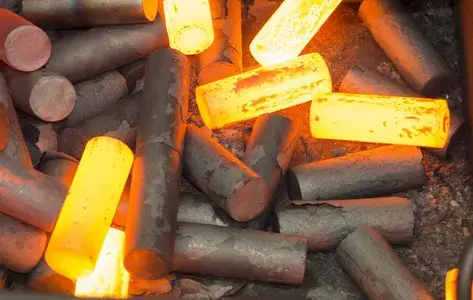
(2) Countermeasures in low temperature environment:
1) Select low temperature steel:
Such as low temperature steel, low temperature resistant alloy, etc. These steels have good plasticity and toughness in low temperature environment.
2) Perform low temperature treatment:
Through low temperature treatment processes, such as low temperature tempering, the microstructure of structural steel can be improved and its low temperature performance can be improved.
3) Avoid stress concentration:
During the design and manufacturing process, stress concentration phenomena such as sharp corners and notches should be avoided as much as possible in structural steel to reduce the risk of low-temperature brittle fracture.
5.Conclusion
The change in strength of structural steel at different temperatures is a complex process, which is affected by many factors. Under high temperature environment, the strength of structural steel will gradually decrease or even completely lose. We have discussed above at what temperature does structural steel lose strength; under low temperature environment, the strength of structural steel will increase, but its plasticity and toughness will decrease, and brittle fracture will easily occur. Therefore, when using structural steel, it is necessary to select suitable steel according to the specific working environment and take corresponding measures to ensure its strength and stability.

